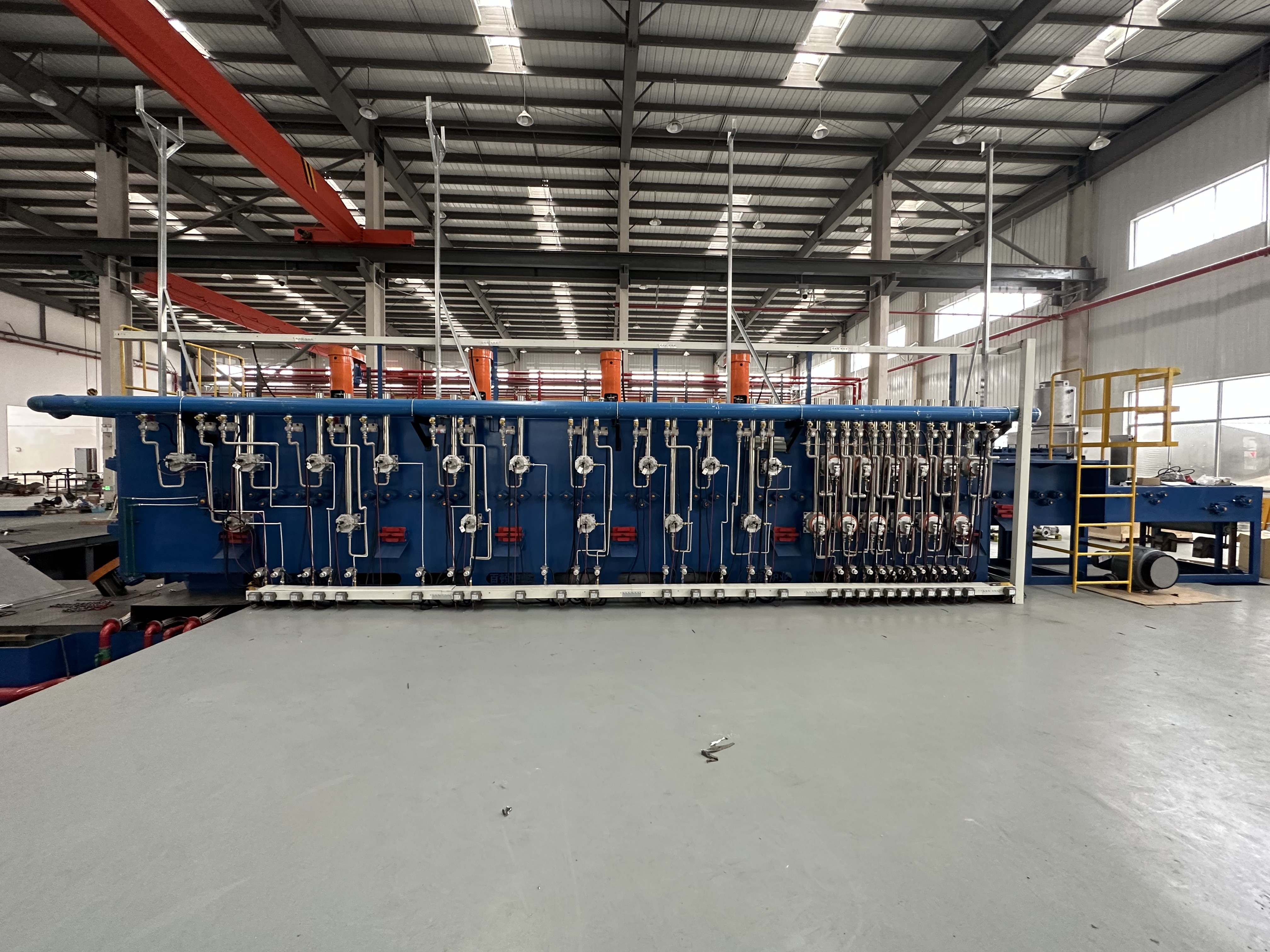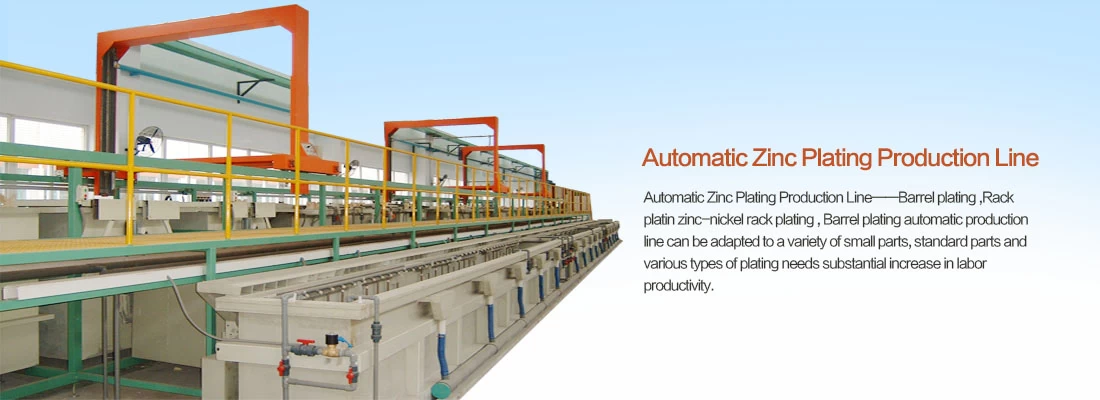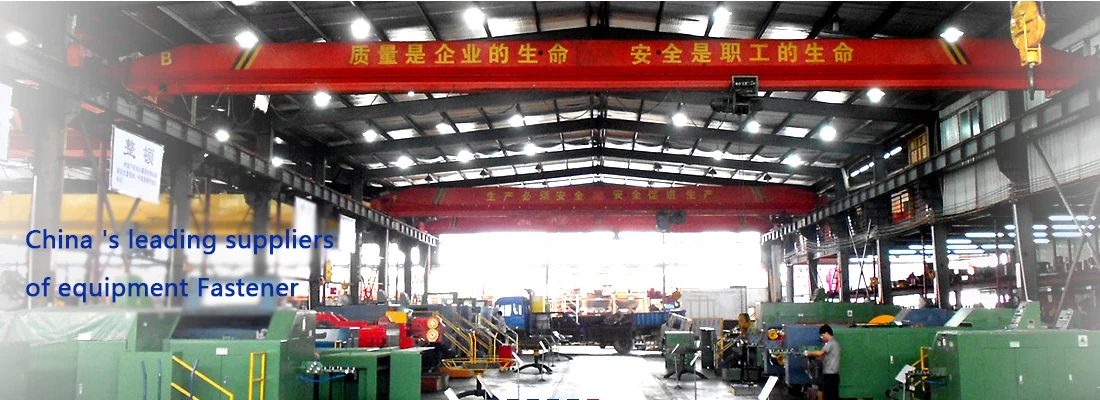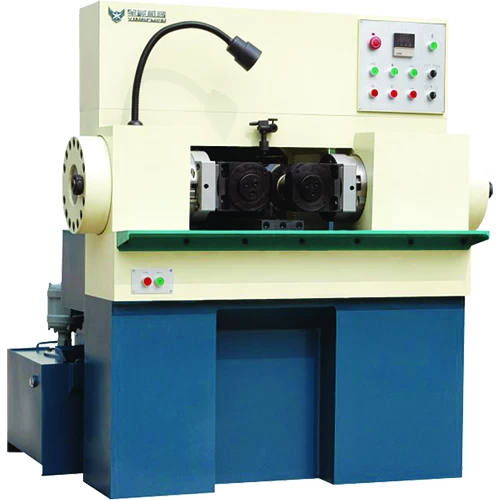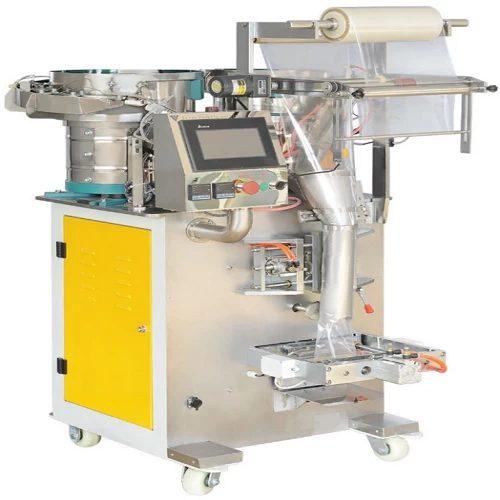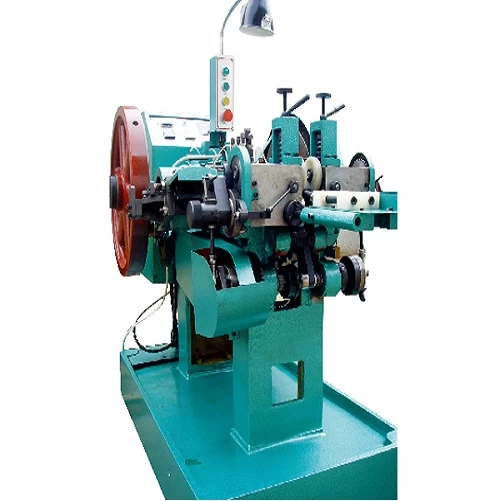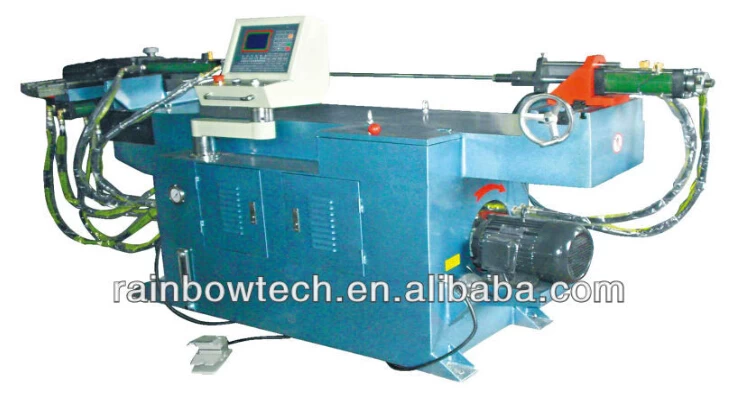The role of carburizing fasteners
The main functions of carburizing fasteners include improving surface hardness, wear resistance, contact fatigue strength and bending fatigue strength. Carburizing is the process of infiltrating carbon atoms into the surface layer of steel, so that the workpiece of mild steel has the surface layer of high carbon steel, and then after quenching and low temperature tempering, the surface layer of the workpiece has high hardness and wear resistance, and the central part of the workpiece still maintains the toughness and plasticity of low carbon steel. The specific process and principle of carburizing Carburizing is the process of keeping fasteners warm at high temperatures and in an atmosphere that promotes carbon penetration into the steel, thereby increasing the carbon content on the surface of the fastener. During the insulation process, carbon penetrates into the inside of the fastener through diffusion. Usually after carburizing, quenching is carried out to obtain the hardening of the carburized layer. Application scenarios for carburizing fasteners Carburizing is widely used in fasteners that require high surface hardness and wear resistance, such as gears, grinding shafts and camshafts. After carburizing, these components can significantly increase their wear resistance and service life. 